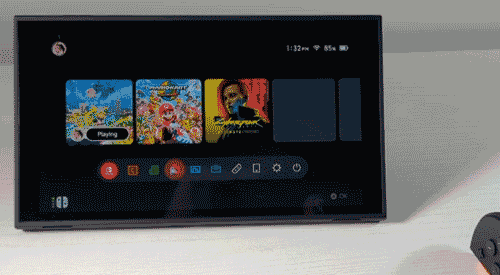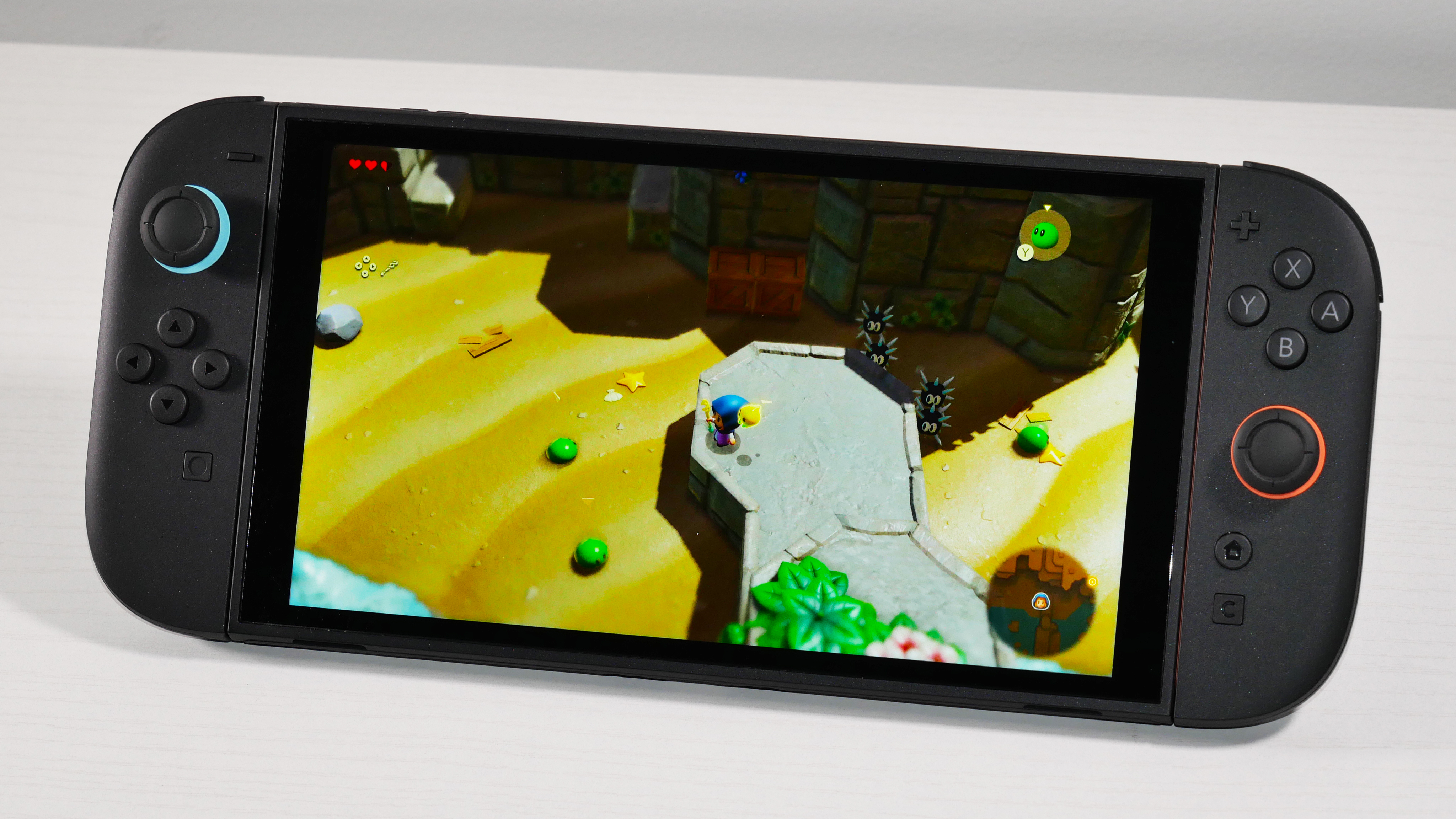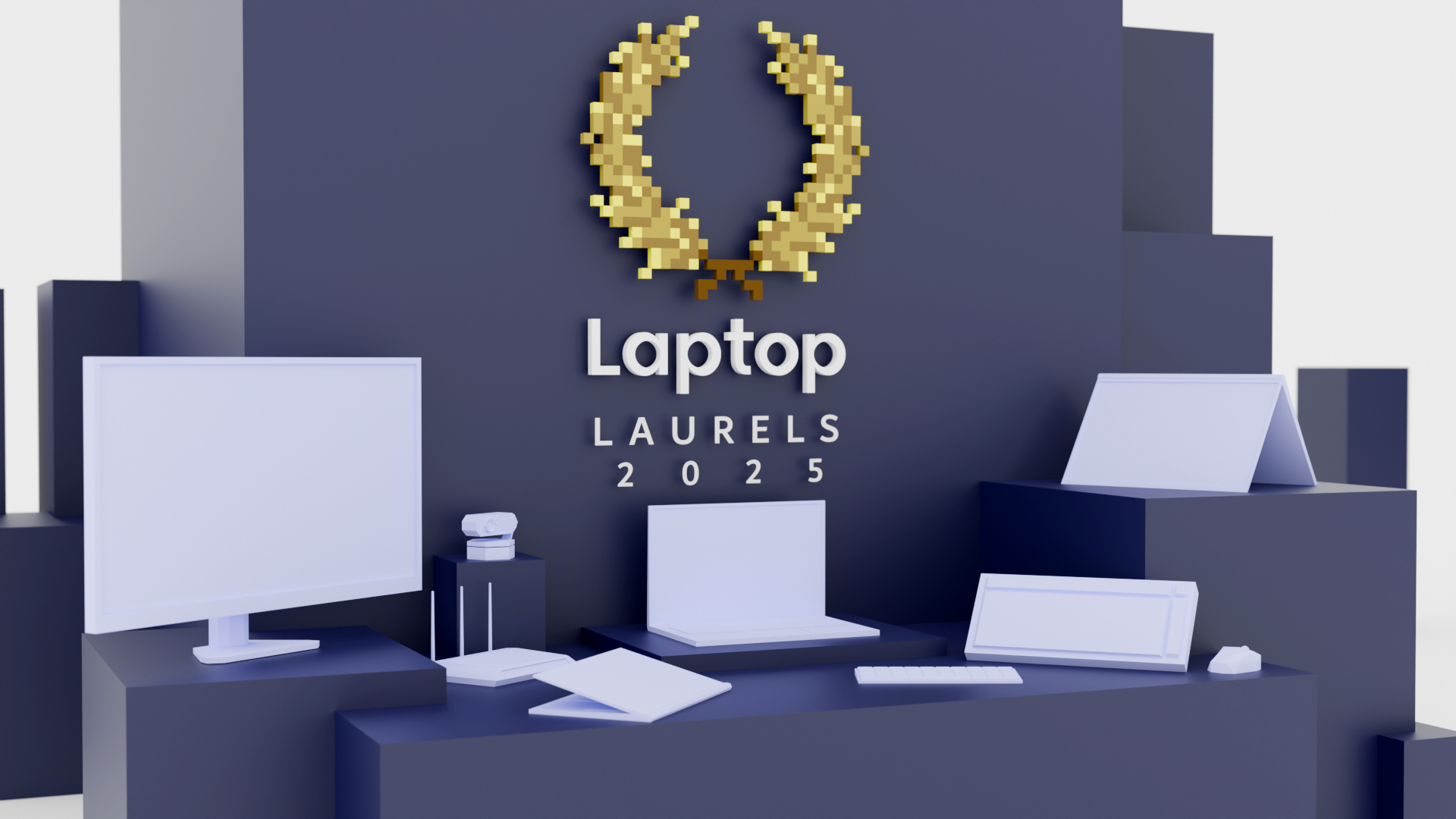The Switch 2's display is so slow, it hertz — here's the problem
Yay, we can play AAA games… but what’s even the point?

I’ve praised the Switch 2 for its 120Hz display — it has finally caught up with the rest of the industry, allowing modern games to run as smoothly as they were designed to. But apparently, its 60Hz mode is slow.
On June 13, Yaka Mochi’s blog, Chimolog.co, reported that the Switch 2 display’s response time is an average of 17.06 milliseconds at 60Hz. That may not seem like much, but to put it into context, we’ve seen gaming monitors with a response time as fast as 0.03 milliseconds.
Let’s talk about why that significantly slow response time matters and what it means for the Switch 2’s future.
The Switch 2’s response time doesn’t bode well for fast-paced games

Response times that are off by even a few milliseconds can make a significant difference in competitive games or even your average shooter, which may be why playing Cyberpunk 2077 felt a bit sluggish during my original testing. And for all my rhythm game lovers out there… sorry, you’re off beat.
Yaka Mochi clocked the Switch 2’s fastest response time at 8.88ms and the slowest at 27.46ms. All of the testing was done on the 60Hz mode, however. Unfortunately, the reviewer was unable to determine how to adjust the Switch 2’s refresh rate for the purpose of testing. Typically, however, at higher refresh rates, display response times are higher. But there’s no guarantee that the Switch 2’s 120Hz mode would mitigate the already super slow response time.
Yaka Mochi compared the Switch 2’s display to dozens of other displays clocked at 60Hz, and the slowest among them was 11.06ms, whereas the fastest hit 0.18ms. Nintendo isn’t going to be pushing out another Switch anytime soon, so this is going to have a long-lasting negative effect on fast-paced games that make their way to the Nintendo Switch 2.
What does this look like in reality? Well, you'll not only feel it when you’re interacting with the controller, but you’ll also see it with your eyes. Games may appear noticeably blurry due to the time it takes for the image to transition between frames.
Sign up to receive The Snapshot, a free special dispatch from Laptop Mag, in your inbox.
Unfortunately, this may have been a choice. If the display isn’t working as hard to refresh, that means the battery won’t be under as much strain. It’s unclear how much it would affect the battery life, however, so it’s tough to give Nintendo some grace here.
As I’ve complained about before, I wish the Switch 2 had an OLED display. In fact, OLED displays typically support faster response times, so this issue might not have been present if Nintendo outfitted the Switch 2 with an OLED display. We don’t have display testing for the original Switch OLED, but in theory, it could have a faster response time.
Well, the world may never know… until we get the Switch 2 OLED (yes, I’m still waiting).

Rami Tabari is the Reviews Editor for Laptop Mag. He reviews every shape and form of a laptop as well as all sorts of cool tech. You can find him sitting at his desk surrounded by a hoarder's dream of laptops, and when he navigates his way out to civilization, you can catch him watching really bad anime or playing some kind of painfully difficult game. He’s the best at every game and he just doesn’t lose. That’s why you’ll occasionally catch his byline attached to the latest Souls-like challenge.
You must confirm your public display name before commenting
Please logout and then login again, you will then be prompted to enter your display name.
